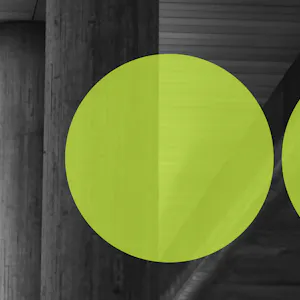Emerging threats

We support organisations striving to build a trustworthy, safe online environment where users can engage authentically in their communities.
Cross-sector corporatesWe support international government organisations and NGOs working to provide infrastructure or improve the capabilities, security and resilience of their nation.
International programmes and developmentWe support commercial organisations operating in a digital world, seeking to protect their reputation and prevent business disruption caused by cyber attacks and compliance breaches.
UK government and public sectorWe support UK government organisations responsible for safeguarding critical infrastructure, preserving public trust, and maintaining national security.



I’m always curious about who starts conspiracy theories. Is it just one random person in their dark room on a computer with a light bulb moment and the power of the internet? How does it catch on? And are we all just engineered to speculate?
The latest conspiracy theory to rock our world is around the House of Windsor, and more specifically – Kate Middleton and the conspiracy theories over her health on social media. All of this started with Kate’s absence from the public after she was hospitalised for abdominal surgery for an unspecified condition in January. Seems pretty normal and understandable, but since then, the internet has come up with a plethora of reasons as to why she’s missing in action (other than the very plausible reason already given by the palace). To name a few: Kate Middleton has “pulled a gone girl”, she’s gotten BBL (Brazilian Butt Lift), and my ultimate favourite, Kate Middleton is Banksy because there hasn’t been a new piece of work released since her disappearance.
While all of this might seem entertaining, the reality is that the palace has had to issue formal statements because of these conspiracy theories, reiterating that Middleton is recovering from surgery and will return to public duties at the end of March.
We deal with the power of conspiracy theories when investigating the online world, and the psychology behind it has always been interesting to me. Conspiracy theories serve a crucial function of questioning the alleged ‘secret’ activities of those in power, in order to claim some power of their own. They can be linked to lack of trust in institutions and can help determine vulnerable groups in society. From our perspective as digital investigation analysts, they can highlight how information is generated, disseminated, and consumed, and most importantly, can help us map out central nodes in environments that might be responsible for polarising information environments.
Conspiracy theories do not only polarise information environments. They can be lucrative, creating targeted content aimed at amplifying themselves, and reaping in ad revenue from the traffic this generates on social media.
Furthermore, their increasing popularity and presence suggests that we are in an era of speculation, losing trust in everything and everyone. And maybe we have always been in this era – conspiracy theories aren’t new, but social media has made them more powerful. Recognising their power, understanding the flow of information, and trying to map out those at its centre form part of why researching conspiracy theories and monitoring information environments can help build information integrity and resilience.
More about Protection Group International's Digital Investigations
Our Digital Investigations Analysts combine modern exploitative technology with deep human analytical expertise that covers the social media platforms themselves and the behaviours and the intents of those who use them. Our experienced analyst team have a deep understanding of how various threat groups use social media and follow a three-pronged approach focused on content, behaviour and infrastructure to assess and substantiate threat landscapes.
Disclaimer: Protection Group International does not endorse any of the linked content.

Last week, the WeProtect Global Alliance launched their flagship biennial report, the Global Threat Assessment 2025 (GTA25).

PGI has officially been recognised as an Assured Cyber Advisor by the UK’s most trusted cyber security body, the National Cyber Security Centre (NCSC).

“The question is not whether AI will influence international peace and security, but how we will shape that influence.